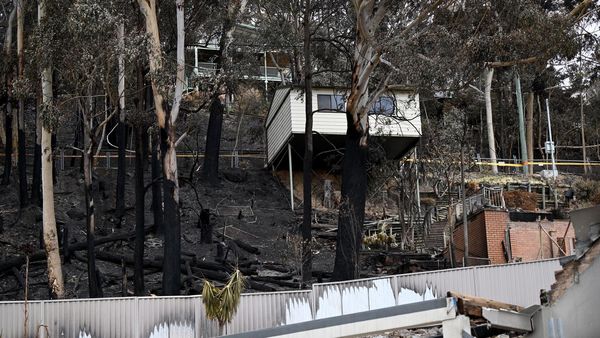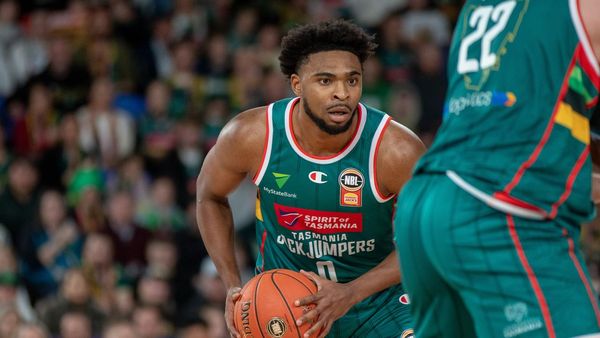DEAR MAYO CLINIC: I am in my late 50s and have an active lifestyle. I have had two prior surgeries for a herniated lumbar disk. Recently, I began to have leg pain, which occurred previously, so I believe I must have another herniated disk. I have tried pain medicines and injections in the past, and I've taken up swimming to remain active. Is there anything else I can do to treat this except undergoing surgery again?
ANSWER: Pain can be a significant source of frustration for many people, negatively affecting quality of life. For most, the pain from a herniated disk often subsides with time as the condition gradually improves on its own. But in the interim, utilizing nonsurgical treatment options can help alleviate the discomfort. A decision to have additional back surgery typically is made in those who fail with nonsurgical treatments or those rare patients with progressive or severe weakness from the nerve irritation.
First, before you pursue additional treatment, I recommend that you get a second opinion about what's causing your pain — if you haven't done so already. Even if an MRI or CT scan shows disk abnormalities, they may not be the root of the problem. Several musculoskeletal sources of leg pain can mimic nerve irritation pain.
A herniated disk can result from the natural wear and tear on the spine as you age. The spine consists of vertebrae, which are bones, and disks of cartilage between the bones. The cartilage cushions the spine and allows for spinal motion. The disks have a tough outer layer, called the annulus, that surrounds a softer inner core, called the nucleus. As the body ages, the annulus stiffens, dehydrates and develops cracks. Over time, some of the nucleus can leak through a crack, creating a herniated disk — sometimes called a slipped, protruding, extruding or ruptured disk.
In some cases, a herniated disk can become inflamed or put pressure on a spinal nerve, causing leg pain, numbness or weakness if the disk is in the low back — or those same symptoms in the arm if the disk is in the neck.
The initial pain caused by a herniated disk can be severe, as you likely have experienced previously. However, the most severe pain usually subsides within a week or two. Over time, the portion of the disk protruding through the annulus tends to shrink, and the pain eases.
A combination of medications and physical therapy can be effective in relieving discomfort. Over-the-counter and prescription pain relievers may help discomfort that is mild to moderate. Prescription drugs that can effectively relieve nerve pain include gabapentin, pregabalin, duloxetine or tricyclic antidepressants. A muscle relaxant sometimes is prescribed when discomfort is accompanied by back muscle spasms.
Corticosteroid injections may be prescribed for nerve pain that is intense or is not relieved by other medications. Corticosteroids work by reducing inflammation and often are given via an injection into the area around one or more spinal nerves. This is called an epidural injection.
Physical therapy also can have a role in reducing the pain of a herniated disk. You mention that you've tried swimming. It's important to stay active with heart-healthy exercises, such as swimming, walking or biking. Choose exercises that do not flare up your leg and back pain, as everyone will have a different tolerance for specific types of exercise. Swimming may be valuable in that it takes the weight off your legs, allowing you good range of motion without as much discomfort.
You also should work with a recognized physical medicine group and physical therapist who can provide education on spine biomechanics, posture and other back care principles, and show you exercises designed to stabilize and strengthen back muscles, as well as help increase flexibility. These exercises can help reduce future back pain flare-ups. A physical therapist often teaches stretching exercises, called McKenzie maneuvers, which decrease or eliminate leg and back pain for a few minutes to several hours.
Understandably, you may find the need to modify daily routines to avoid activities that cause pain to flare and to take breaks as needed. Recurring back-related pain is less likely in people who exercise regularly and have otherwise strong, healthy spine muscles. Normal activities shouldn't cause nerve injury for someone who has a herniated disk.
Time is an important factor in healing. The symptoms of a herniated disk can take four to six weeks or longer to improve significantly. After six weeks, if you've tried medications and followed exercise and physical therapy and still have seen no improvement, talk to your health care team about more aggressive therapies.
I also recommend that you consult a spine specialist who is familiar with nonsurgical treatment options for herniated disks. If your new problem is in the same area as the two previous procedures, another surgical intervention may have a higher risk of failure or may require spinal fusion. You would be wise to explore all medical options before considering additional surgery. — Dr. Randy Shelerud , Physical Medicine and Rehabilitation, Mayo Clinic, Rochester, Minnesota







